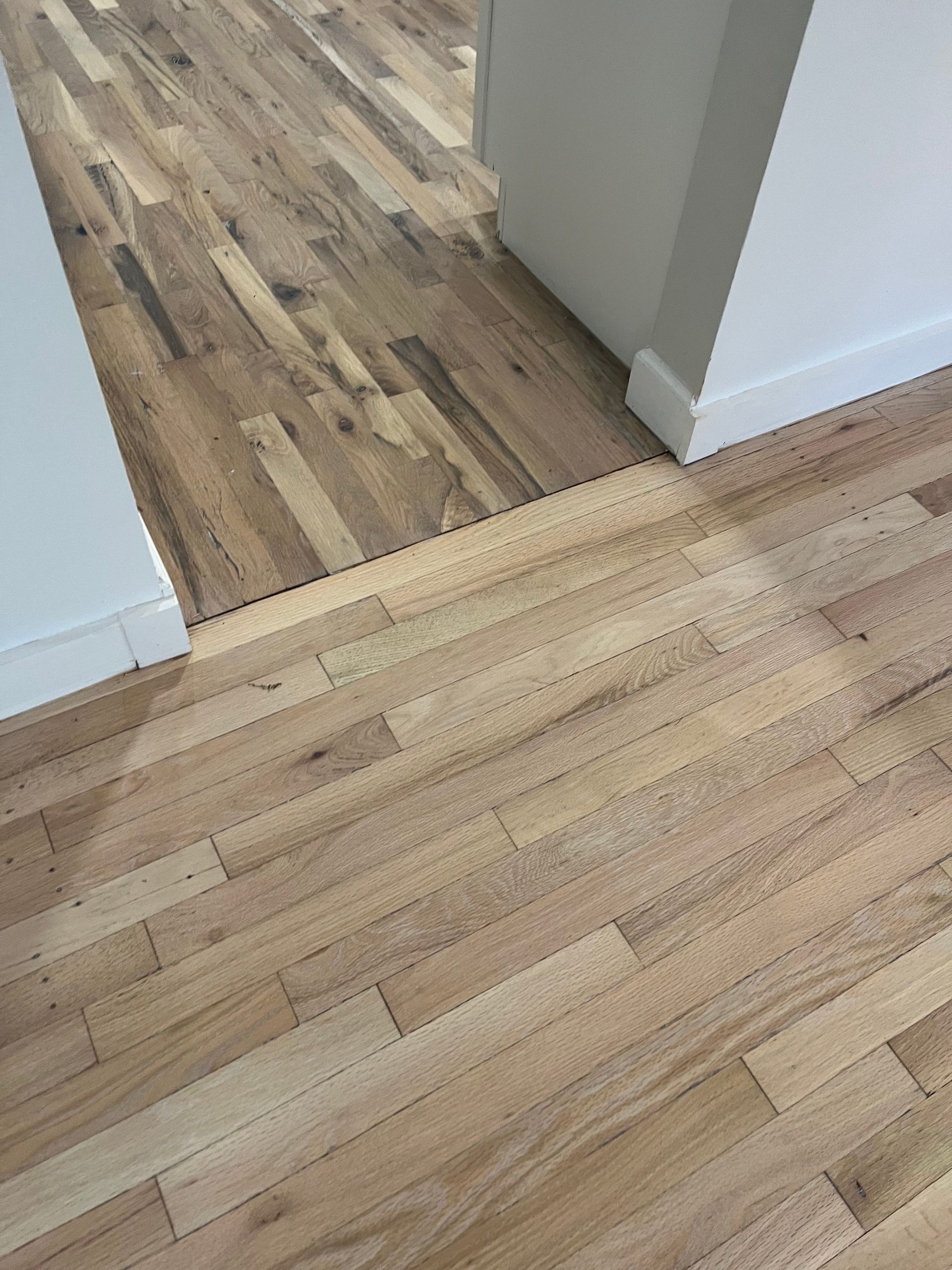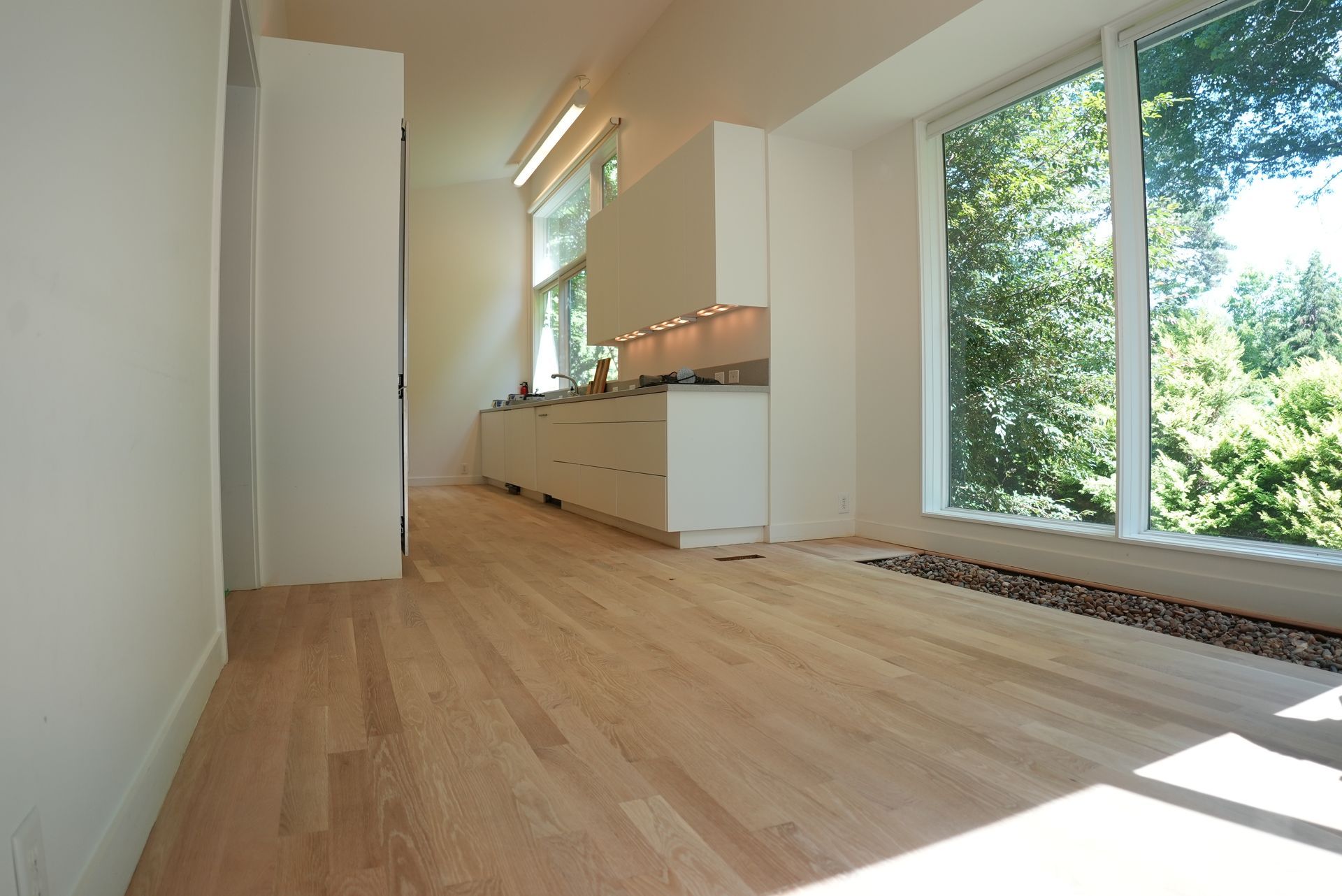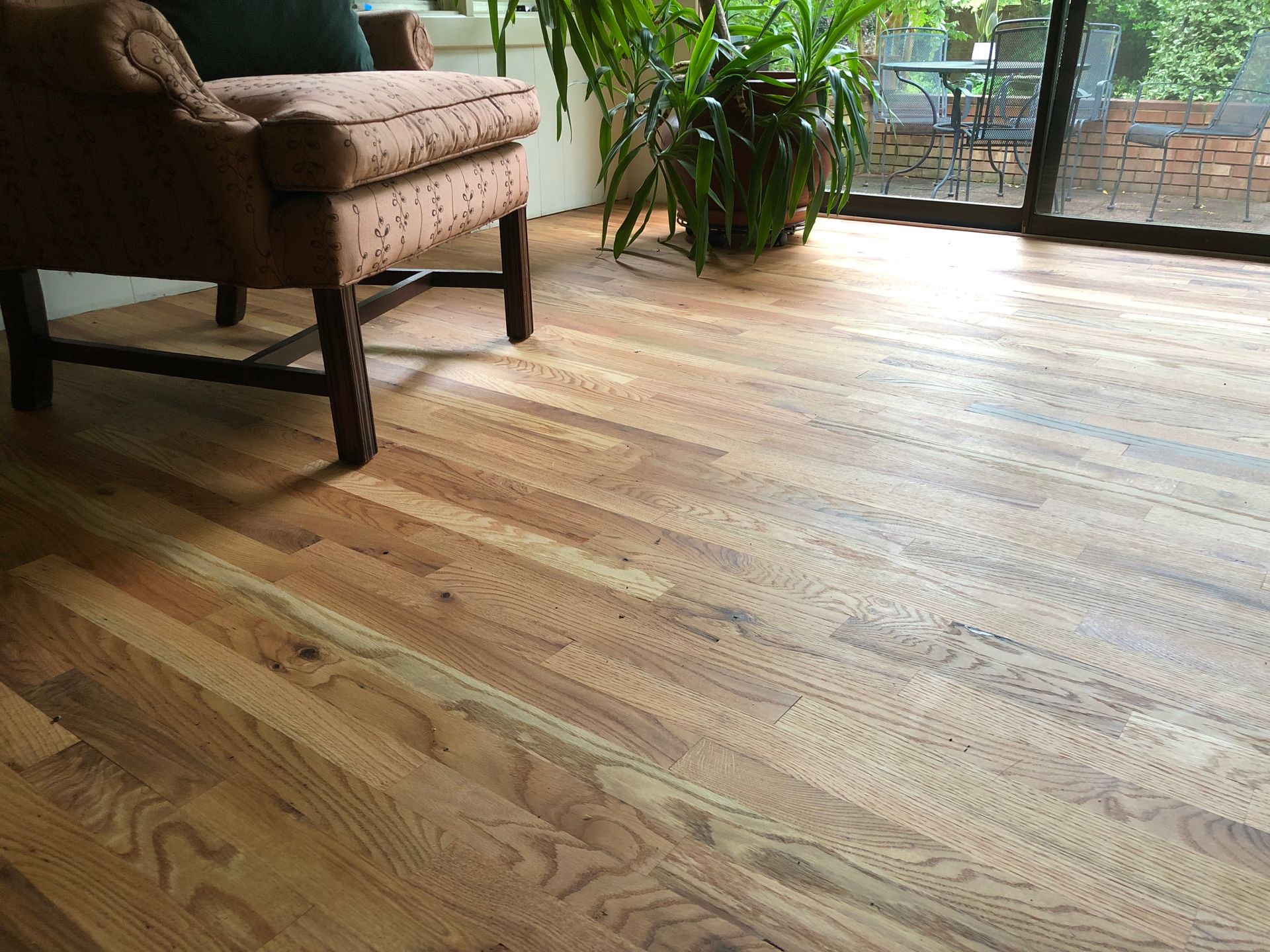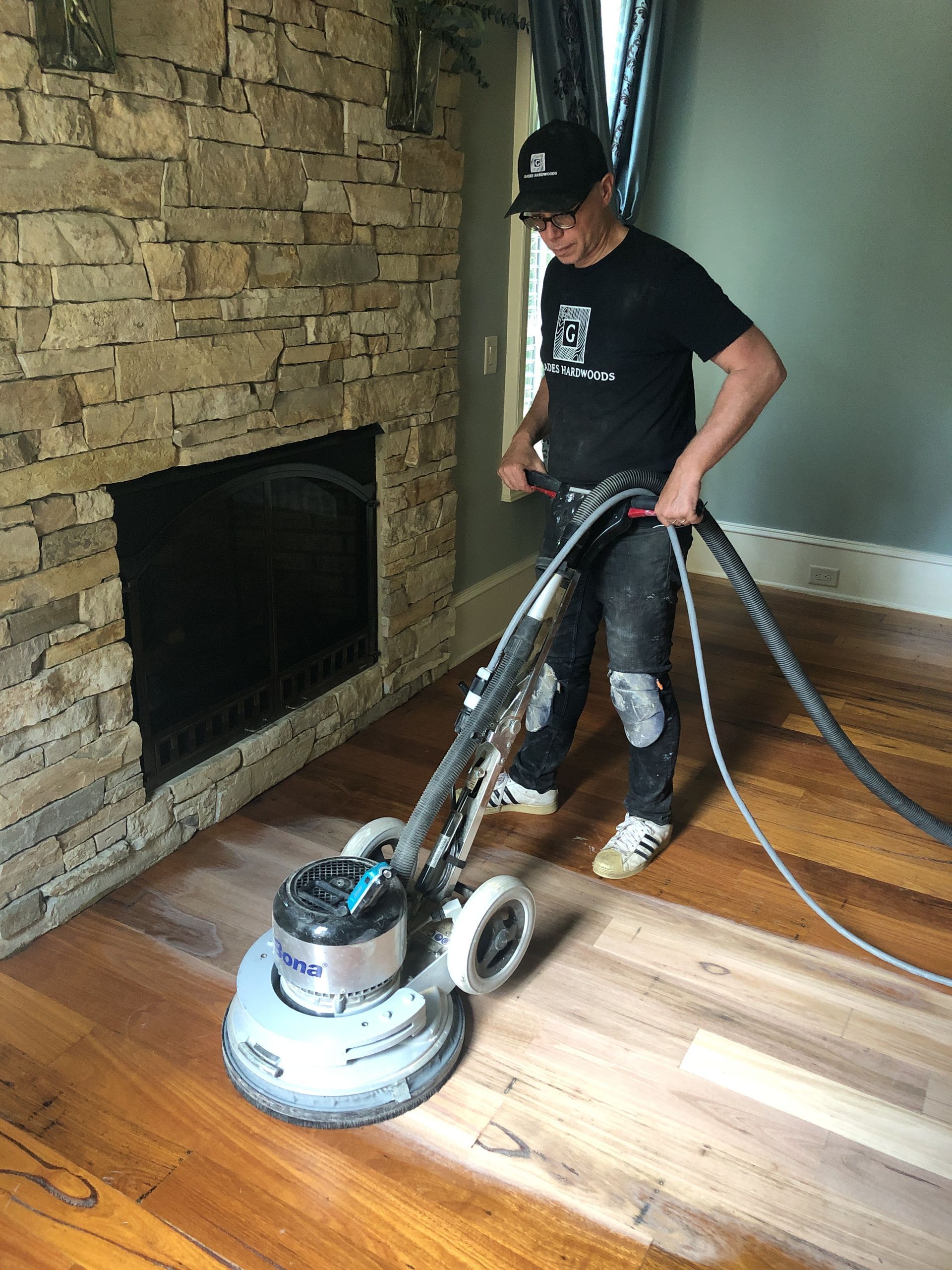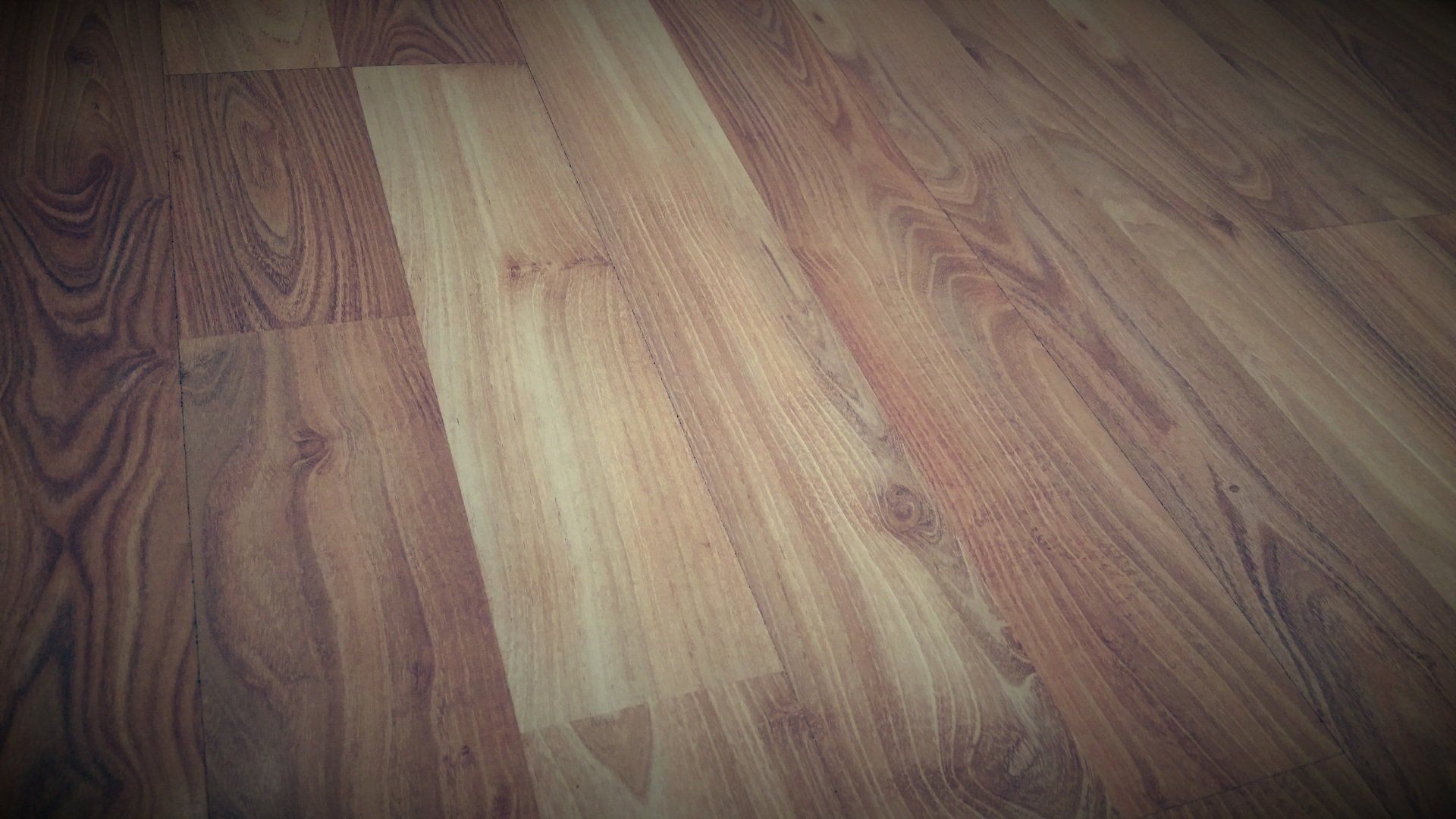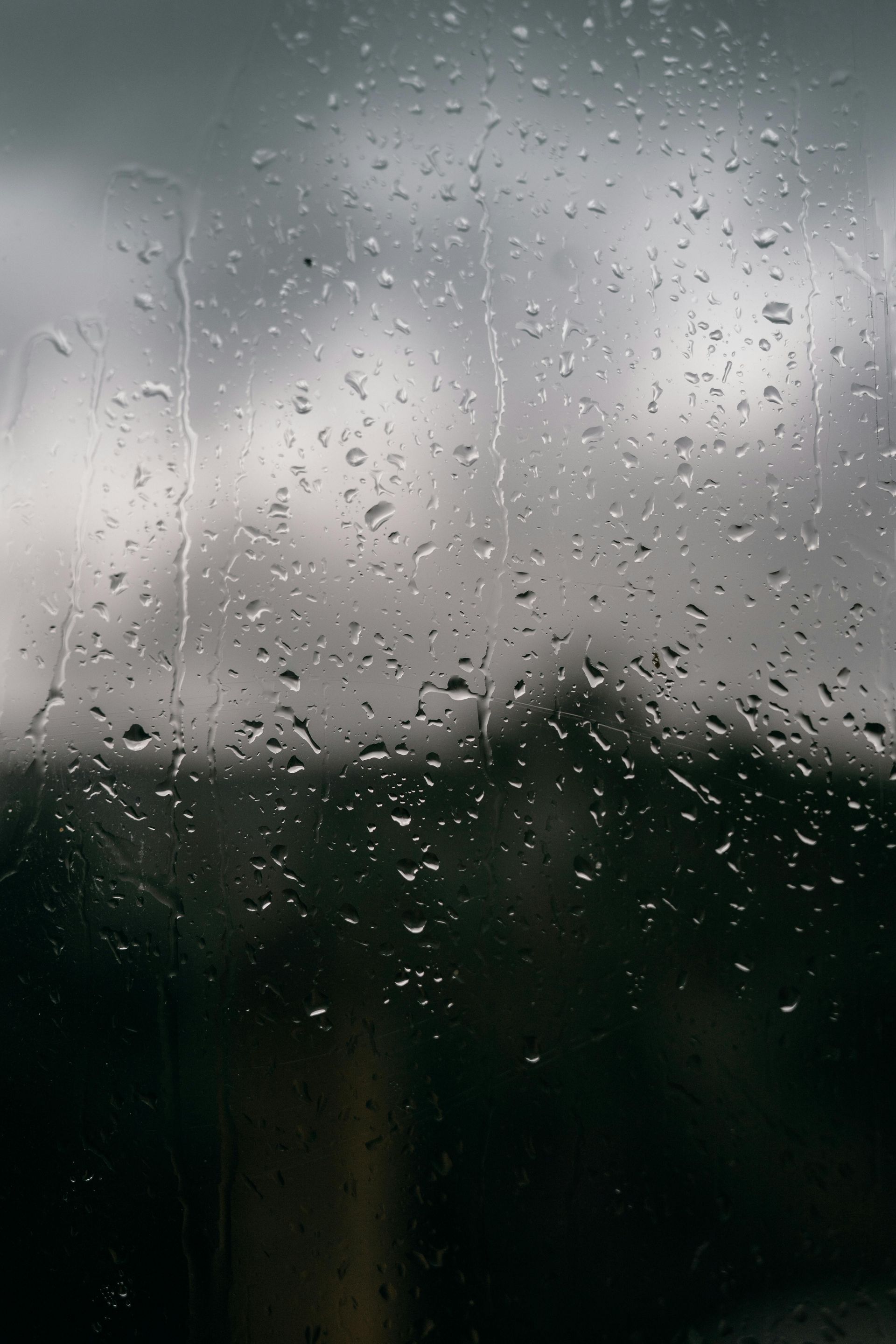Why Are My Wood Floors Sticky After Mopping?
How to fix and prevent the issue.
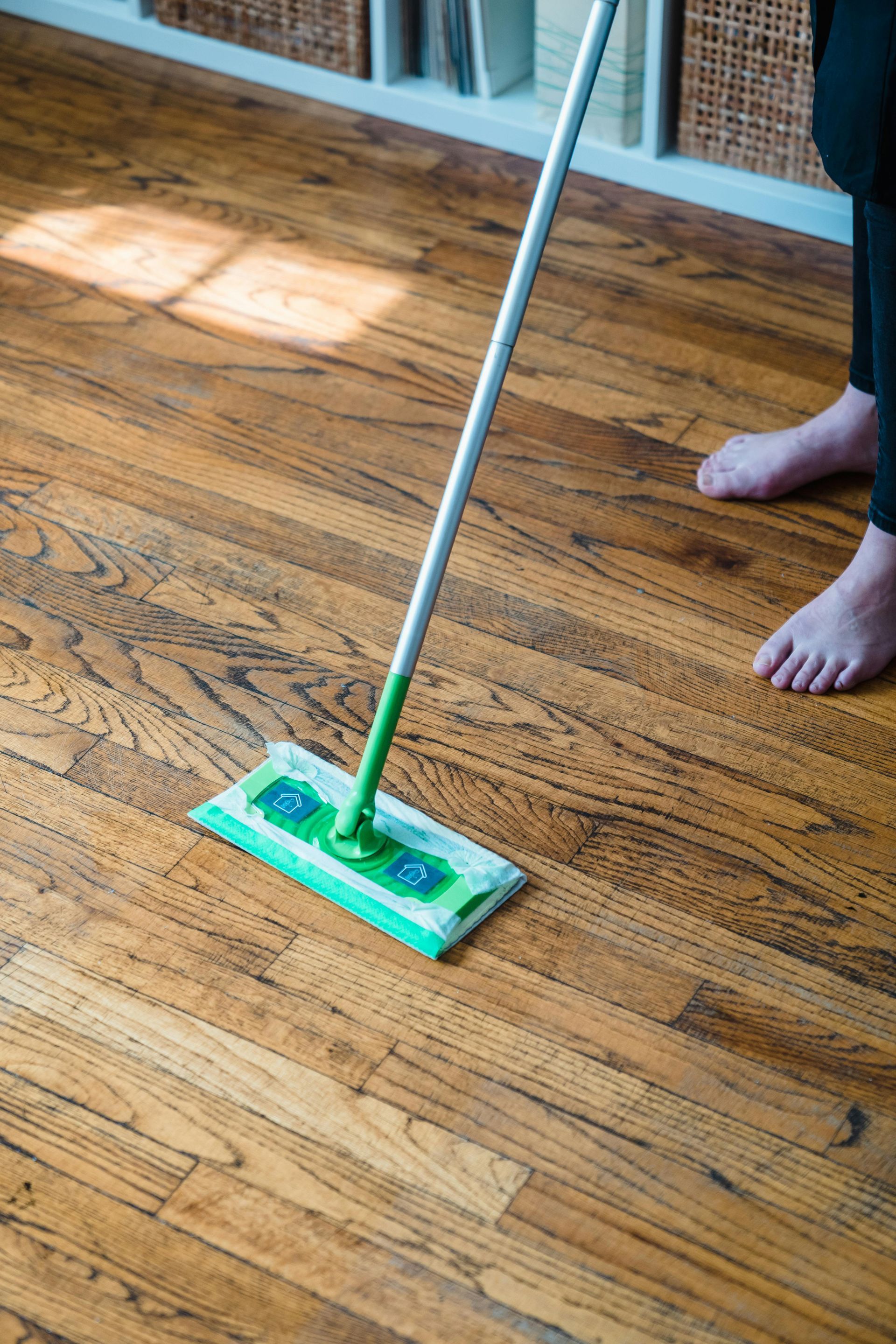
Why Are My Wood Floors Sticky After Mopping?
Wood floors are a beautiful and durable flooring option, but they require proper care to maintain their luster and longevity. If your wood floors feel sticky after mopping, it can be frustrating and confusing. A sticky residue on hardwood flooring is often a sign of improper cleaning techniques, product buildup, or moisture-related issues. In this article, we’ll explore the reasons why your wood floors might feel sticky after mopping and how to fix and prevent this issue.
Cleaning Product Residue
One of the most common reasons for sticky wood floors is residue left behind by cleaning products. Many commercial floor cleaners contain chemicals that leave a film on the surface if not properly rinsed. Using too much cleaner can cause excess residue to remain on the floor, while not rinsing properly can result in leftover solution building up over time. Some household cleaners, such as dish soap or multi-surface sprays, are not designed for hardwood floors and can leave behind a sticky film. To fix this issue, mop the floor with warm water and a microfiber mop to remove excess cleaner. If the residue persists, mix one part vinegar with ten parts water and lightly dampen the mop to help break down the buildup. Using a hardwood-specific cleaner that doesn’t leave a residue can also prevent this problem.
Excess Water and Moisture
Wood is a natural material that expands and contracts with moisture. Using too much water when mopping can cause the floor to become sticky or even warp over time. Over-saturating the mop can leave behind excess moisture that doesn’t evaporate quickly, and using steam mops can force moisture into the wood, causing it to expand and leave a sticky residue as it dries. To fix this issue, use a damp (not soaking wet) microfiber mop when cleaning hardwood floors and wipe up any excess water with a dry towel or microfiber cloth. Avoid using steam mops on hardwood floors, as the heat and moisture can damage the finish.
Leftover Soap Residue
Some people use dish soap or other detergents to clean wood floors, but these can leave a sticky film if not rinsed thoroughly. Using dish soap or laundry detergent, which are not formulated for hardwood, can result in a filmy residue. Even using too much hardwood-safe cleaner can cause buildup. To remove the residue, clean the floors with a damp microfiber mop and plain water. If the residue persists, add a few drops of white vinegar to break down the film. Sticking to hardwood-specific cleaners can help avoid this issue in the future.
Wax or Polish Buildup
If you’ve used a wax-based or oil-based floor polish, it can build up over time and create a sticky surface. Using too much wax or polish can cause layers of polish to accumulate and trap dirt, creating a sticky texture. Mixing incompatible products can also lead to residue issues, as some floor finishes do not react well with certain polishes or waxes. To fix this, use a hardwood floor cleaner designed to remove wax buildup. If necessary, strip the floor with a commercial wax remover and reapply a suitable finish. Avoid using wax or polish on floors with a polyurethane finish to prevent future issues.
Spills and Food Residue
Sometimes, stickiness isn’t caused by cleaning products but by spills that haven’t been properly cleaned up. Sugary drinks and food spills can create a sticky floor, and if a spill isn’t fully wiped up, it can leave behind a tacky residue. To fix this, wipe up spills immediately with a damp cloth and use a mixture of warm water and a mild cleaner to remove any leftover residue. Regularly mopping high-traffic areas where food and drinks are consumed can help prevent this issue.
Dirty Mop or Water
If your mop or mop water is dirty, you may be spreading grime across the floor rather than cleaning it. Using an old or dirty mop can leave behind dirt and debris, while reusing dirty water can result in a sticky, streaky finish. To fix this issue, rinse and wring out your mop frequently while cleaning and change mop water regularly to avoid spreading dirt. Washing or replacing mop heads regularly can also help keep your floors clean.
Incorrect Floor Finish
If your hardwood floor has a finish that is incompatible with your cleaning routine, it may become sticky. Using oil-based products on polyurethane finishes can leave a residue when applied to the wrong type of finish, and applying finish incorrectly can result in a protective coating that remains tacky. To address this, identify your floor’s finish type and use compatible cleaning products. If the finish is compromised, consider refinishing the floor to restore its smooth texture.
Humidity and Environmental Factors
High humidity levels can cause floors to feel sticky, as moisture in the air interacts with cleaning products and natural oils in the wood. High indoor humidity can make floors feel damp and tacky, while poor ventilation can slow drying times and create a sticky feel. To prevent this, use a dehumidifier to maintain indoor humidity levels between 35-55% and ensure proper ventilation when mopping by opening windows or using fans.
How to Prevent Sticky Wood Floors
To avoid dealing with sticky floors in the future, use the right cleaner by choosing a pH-neutral, hardwood-safe cleaner and applying the correct amount as recommended. Mop correctly by using a damp (not wet) microfiber mop and changing the water frequently. Avoid wax and oil buildup by using only products recommended for your specific floor finish. Clean up spills promptly to prevent sticky spots from forming, and control humidity by maintaining indoor humidity levels. Rinse properly if using a cleaner that requires rinsing, and practice regular maintenance by sweeping and dusting frequently to prevent dirt from mixing with cleaning products and creating residue.
Final Thoughts
Sticky wood floors can be a nuisance, but with the right cleaning practices and products, you can keep your floors smooth and residue-free. Identifying the root cause—whether it’s cleaner buildup, excessive moisture, wax accumulation, or spills—will help you apply the right solution. With proper care, your hardwood floors will remain clean, shiny, and free of sticky residue for years to come.

